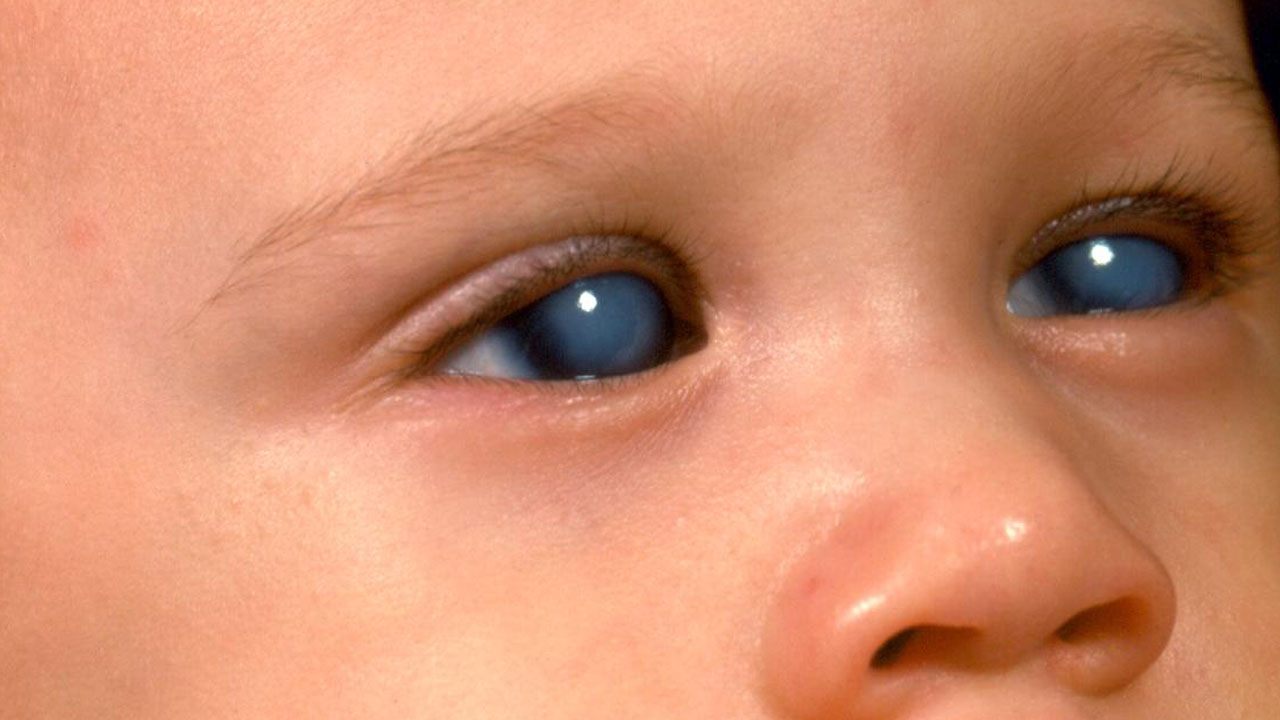- Contact: +91-9270109498 | 020 24352449
- Email: kuldeepdole@yahoo.co.in

Pediatric Glaucoma Treatment in Pune
At Dole Eye Hospital in Pune, we provide exceptional care and specialized treatment for pediatric glaucoma. We aim to improve children's eye health by ensuring optimal vision.
What is Pediatric Glaucoma
Pediatric glaucoma is a group of eye disorders that affect children. It is distinguished by abnormally high intraocular pressure (IOP). This high pressure can damage the optic nerve, resulting in vision loss.
Pediatric Glaucoma Symptoms
Some common symptoms include:
- Watery eyes
- Red eyes
- Sensitivity to light
- Blurred vision
- Enlarged eyes
- White spots on the cornea
- Amblyopia (lazy eye)
- Vision loss
Early diagnosis and treatment are essential for preventing vision loss from pediatric glaucoma. Visit Dole Eye Hospital if you find these symptoms in your children.
Cause Of Pediatric Glaucoma
- 1. Congenital Glaucoma:This form of glaucoma is primarily attributed to a defect in the eye's drainage angle. The drainage angle serves as the passage for fluid to exit the eye. When this angle obstructs, fluid accumulates, increasing intraocular pressure (IOP).
- 2. Juvenile Glaucoma:Several factors contribute to the development of juvenile glaucoma. It includes congenital glaucoma and eye injuries. Juvenile glaucoma can elevate IOP levels, potentially leading to vision impairment and blindness if not treated promptly.
- 3. Secondary Glaucoma:Secondary glaucoma arises due to an existing eye condition, such as uveitis (inflammation of the middle eye layer) or cataract (clouding of the eye's lens). Similar to other forms of glaucoma, secondary glaucoma can result in elevated IOP, which, if untreated, may cause vision loss and blindness.
Pediatric Glaucoma Diagnosis
Pediatric Glaucoma Diagnosis will include the following:
- 1. Measurement of intraocular pressure (IOP):This is the pressure inside the eye. Elevated IOP is a sign of glaucoma.
- 2. Gonioscopy:This is a procedure that allows the doctor to see the drainage angle of the eye. The drainage angle is the area where fluid flows out of the eye. If the drainage angle is blocked, this can lead to increased IOP.
- 3. Visual field testing:This test measures the side vision. Vision loss in the side vision is a sign of glaucoma.
- 4. Optical coherence tomography (OCT):This test uses sound waves to create a detailed optic nerve image. Damage to the optic nerve is a sign of glaucoma.
Pediatric Glaucoma Treatment
Here are some common treatment options for pediatric glaucoma are:
- 1. Medications:Eye drops or oral medications are often prescribed to control intraocular pressure (IOP).
- 2. Surgery:There are different surgical options available, including Trabeculotomy, Goniotomy, Tube shunt implantation, Trabeculectomy, and Cyclophotocoagulation.
- 3. Laser Therapy:Laser procedures, such as laser trabeculoplasty or laser cyclophotocoagulation, may help reduce IOP by improving the drainage of aqueous humor or decreasing its production.
- 4. Ongoing monitoring:Regular follow-up appointments are essential to monitor the child's progress, adjust medications, and ensure effective treatment. These appointments can also detect potential complications or changes in the condition early on.
The primary objective in treating pediatric glaucoma is to reduce intraocular pressure and safeguard the optic nerve. By promptly diagnosing the condition and implementing appropriate interventions, most children with pediatric glaucoma can preserve their visual capabilities.
Lifestyle Recommendations for Pediatric Glaucoma
- Schedule routine eye examinations with a pediatric ophthalmologist to monitor glaucoma's progression and assess the treatment's effectiveness.
- Follow the prescribed medication regimen strictly. Administer eye drops or oral medications as the doctor directs, ensuring the correct dosage and frequency.
- Encourage your child to wear protective eyewear, such as goggles or sports glasses, during physical activities or exposure to potential eye hazards.
- Get healthy with essential nutrients, vitamins, and minerals. Foods like leafy green vegetables, fruits, and whole grains can support overall eye health.
- Physical Activity Encourage regular physical activity and exercise to promote healthy blood flow and reduce intraocular pressure.
- Eye Hygiene Teach proper eye hygiene habits, such as avoiding rubbing the eyes vigorously and washing hands frequently to minimize the risk of infection.
By implementing these lifestyle recommendations and working closely with medical professionals, you can support your child's journey towards better eye health and improved quality of life.
